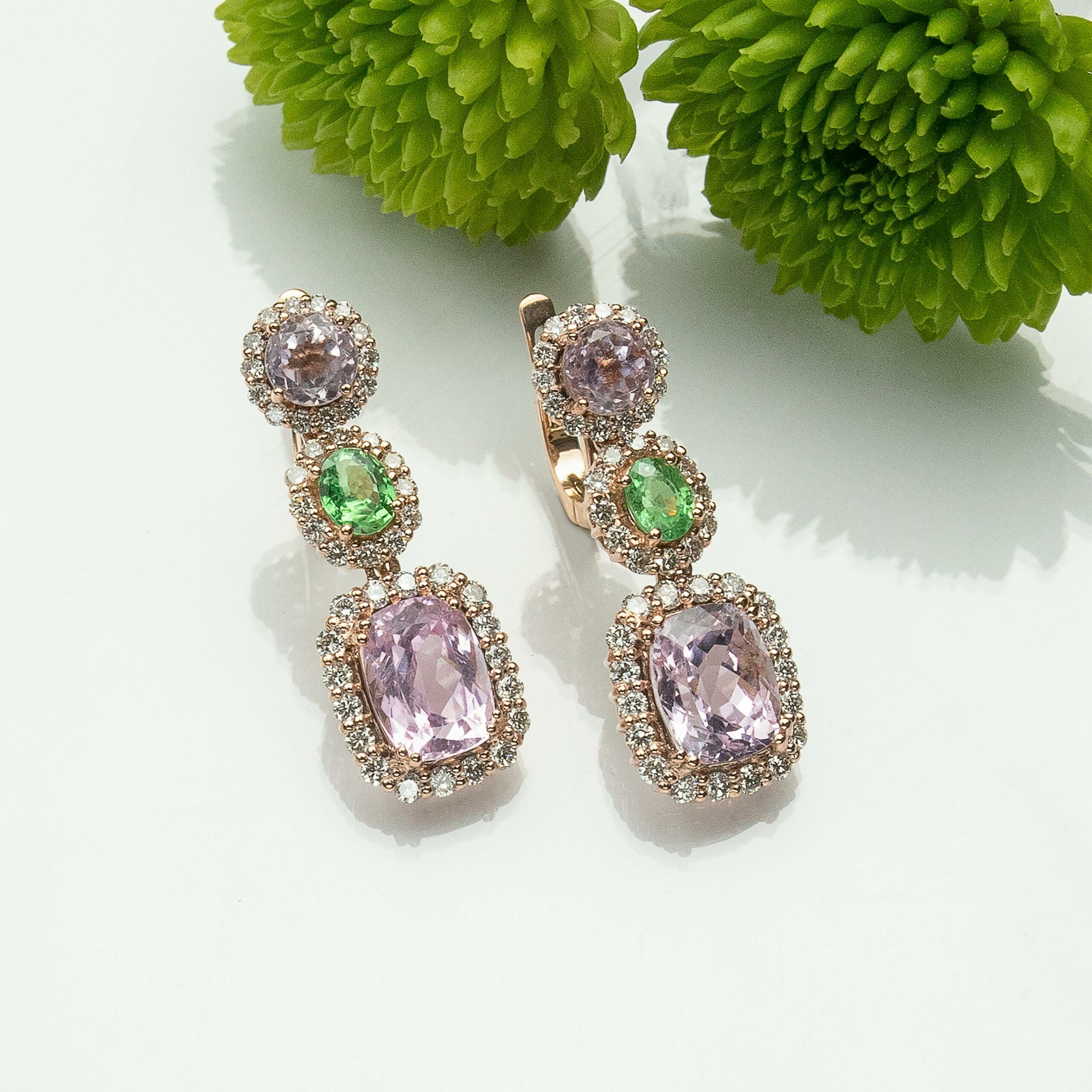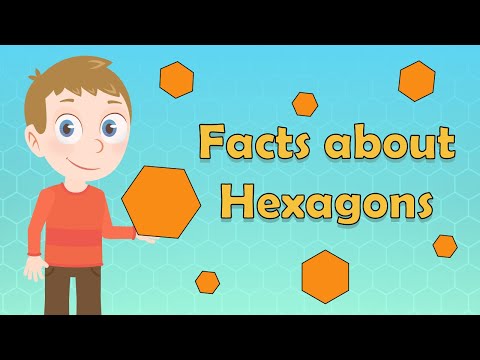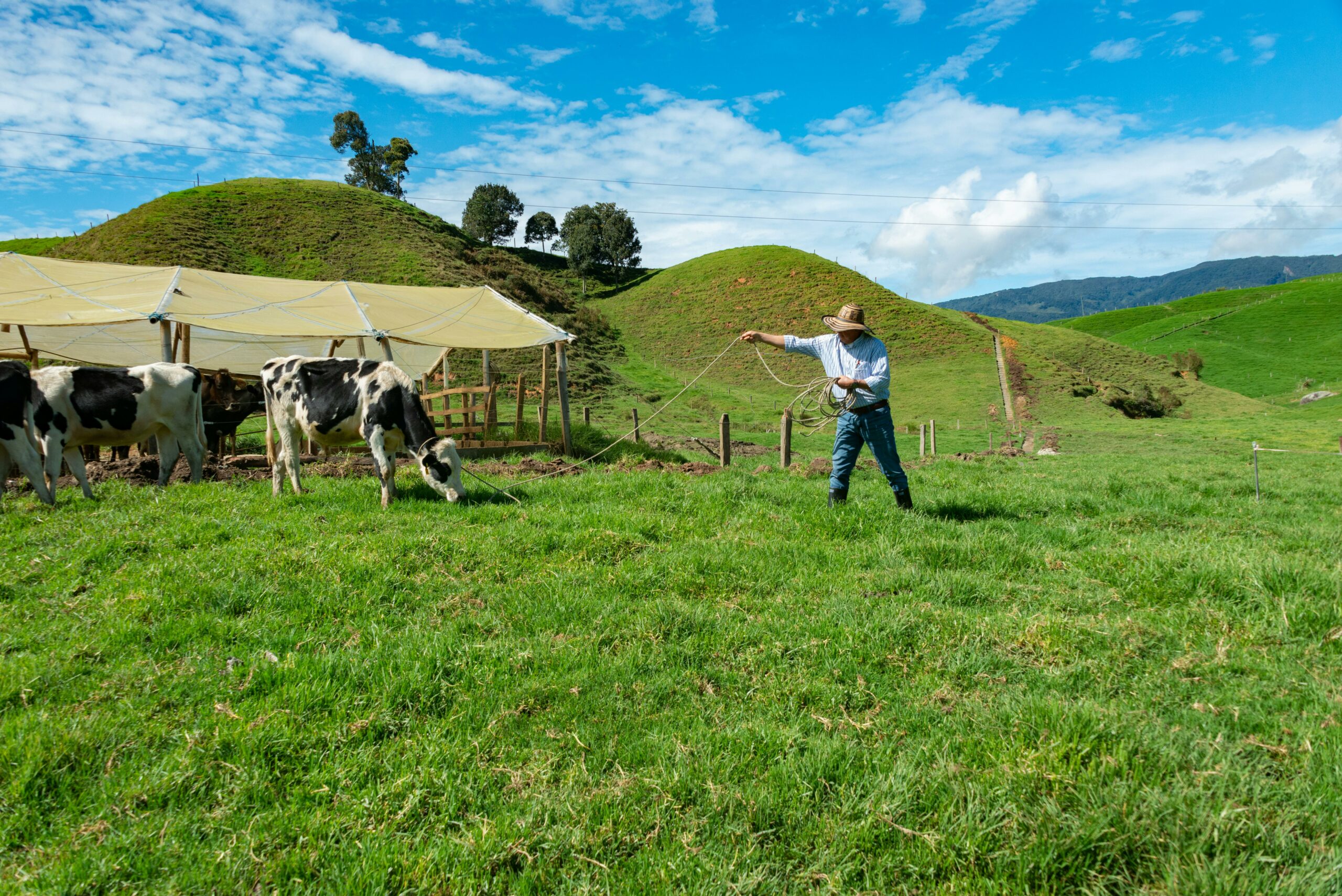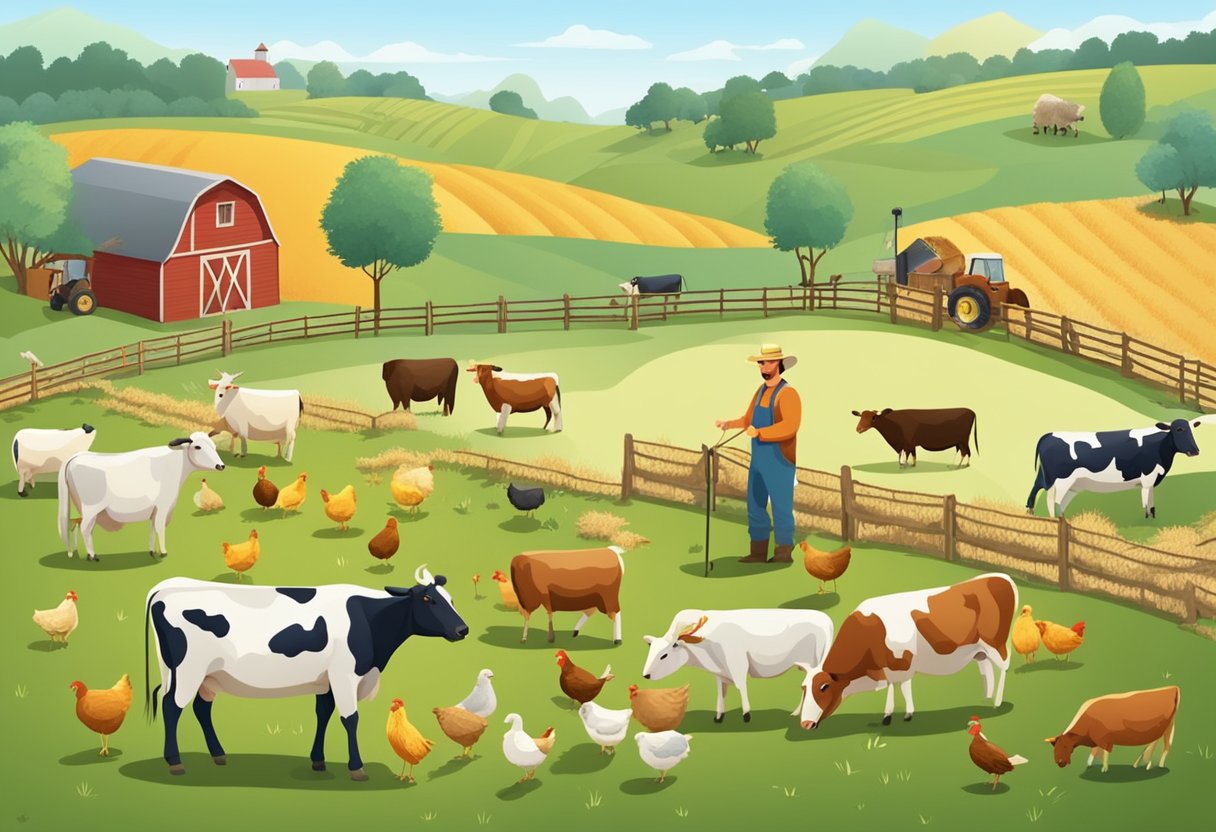
5 Amazing Shapes in Real Life
Table of Contents
This fun animated video shows a range of shapes using items from real life. This video helps children recognize shapes in their environment, and Shapes in Real Life is Suitable for toddlers, preschool, kindergarten, and KS1 children.
Geometry is used in various daily life applications such as art, architecture, engineering, robotics, astronomy, sculptures, space, nature, sports, machines, cars, and much more.
Where are shapes used in real life?
The windows, doors, beds, chairs, TVs, mats, rugs, cushions, etc. all have different shapes. Moreover, bed sheets, quilts, covers, mats, and carpets have different geometric patterns on them.
Geometry is also important for cooking. The word” geometry” is derived from the Greek words “goe” and “metron” which mean earth and measurement respectively. Geometry is primarily concerned with the characteristics of figures and Shapes in Real life.
Geometry is used in various daily life applications such as art, architecture, engineering, robotics, astronomy, sculptures, space, nature, sports, machines, cars, and much more.
Shapes in Real Life
Additionally, it helps us decide what materials to use, and what designs to create, and also plays a vital role in construction.
Different houses and buildings are built in different geometric shapes to show a new design as well as to provide proper ventilation inside the house.
Practically, geometry plays a great role in determining areas, volumes, and lengths. Euclid is considered to be the “father of geometry”.
Geometry helps students prepare for the real world. It also helps students understand more complex mathematical concepts. With geometry, it allows students to have whole-brain thinking.
How are shapes important in our daily life?
Learning shapes not only helps children identify and organize visual information, it helps them learn skills in other curriculum areas, including reading, math, and science… learning shapes also helps children understand other signs and symbols.
Why is it significant for kids to learn shapes?
From octagonal stops, signs, and rectangular doors to triangular roofs and circular wheel shapes are everywhere.
Learning shapes not only helps children identify and organize visual information, but also helps them learn skills in other curriculum areas including reading, math, and science.
For example, an early step in understanding numbers and letters is to recognize their shape. Learning shapes also helps children understand other signs and symbols.
A fun way to help your child learn shapes is to make a shape hunt game.
What is a shape in real life?
We are surrounded by shapes in real life, but what are 2D shapes with two dimensions, such as width and height? An example of a 2D shape is a rectangle or a circle. 2D shapes are flat and cannot be physically held, because they have no depth.
Geometrical shapes in real life
From the droplets of rain to the roundness of oranges, there are all possible types of shapes in nature. There are so many more shapes in real life that we miss out on observing the hustle and bustle of our daily lives.
Shapes in real life: these geometric shapes in real life are so wonderful to see, and sometimes the main recognition of an object.
All shapes, both two-dimensional and three-dimensional, are incredibly important in the context of learning math. The basis of geometry is formed by these shapes and when children learn with the help of examples, they remember it forever.
Let’s take a look at some shapes in real life and what we have observed around us:
Two-dimensional shapes in real life:
Two-dimensional (2D) shapes are everywhere, and they’re super fun to explore! When you look at a book or a piece of paper, they are rectangles, and they’re all over your classroom.
If you ever play soccer, the field you run on is a huge rectangle. And when you cut out paper hearts or stars, those are 2D shapes, too!
2D shapes are all around us. Here are more examples:
- Triangles: Think about road signs – like the yield sign or the warning signs with an exclamation point – they are often triangular. Also, when you slice a pizza or cake into slices, you get lots of triangular pieces!
- Circles: Clocks have circular faces with numbers, and you might find circular manhole covers on the streets. When you enjoy a tasty pancake or a yummy cookie, they are often round like a circle, minus the tester pancake or cookie of course.
- Squares: Picture a window or a picture frame; they often have square shapes. Post-it notes and most computer screens are also square or rectangular.
- Ovals: The shape of an egg is an oval, and so are the wheels on cars, bikes, and even toy trucks. Think of these as different types of circles.
- Hexagons: Some nuts and bolts have hexagonal heads, like the ones you might see when you’re helping with a home project. Or the more classic example of a hexagon being a honeycomb pattern.
So, whether you’re reading signs, enjoying a pizza, or even building with nuts and bolts, 2D shapes are all around you, making your world interesting and full of different shapes.
Hexagon shapes in real life:
Honey Comb Shapes in Real Life
Hexagons are typically six straight sides of equal length. You may see snowflakes in that pattern. Ice crystals, the bee house consists of hexagonal cells, all these and other common shapes occurrences of a hexagon in our real life.

Rhombus shapes in real life:
The parallelogram whose sides are equal in length is a square or a rhombus. Rhombus can be found in a variety of things around us, such as a kite, windows of a car, a rhombus-shaped earring, the structure of a building, mirrors, and even a section of the baseball field. It is not a commonly occurring shape in nature; this one is seen in some crystals.
But observe keenly, you will be able to spot some more!
Four equal straight sides with four right angles are a square the most common shapes, square rubber stamps, and tiles on the floor are all squares that you see around as examples of squares in real life.
Let us remember coasters, the chessboard, and the keys to the laptop you are working on! We find the squares in many things around us in real life.
Conic shapes in real life:
Conic shapes are super cool shapes that we can see in lots of fun and useful things in our everyday lives! One of the most iconic conic shapes is the ice cream cone – that tasty treat you enjoy on a hot day. It’s shaped like an upside-down party hat!
Then, think about the way a birthday party hat stands tall and pointy; it’s a cone, too. And guess what? Even volcanoes have conic shapes! When they erupt, they spew out lava in a cone shape.
So, whether you’re having ice cream, wearing a party hat, or learning about volcanoes, conic shapes are all around us, making the world a more exciting place!
Pentatonic shapes in real life:
Pentagon shapes are super special and fun to spot in real life! Have you ever noticed a home plate in baseball? It’s shaped like a pentagon, where players try to score runs.
Look at a school bus, and you’ll find stop signs on it that are pentagons, reminding us to stay safe when we’re getting on or off the bus.
Next time you slice a juicy watermelon, take a look at the seeds arranged in a pentagon pattern near the center.
Even the headquarters of the Department of Defence in America is shaped like and called the Pentagon.
Plus, if you ever play with a home plate in baseball or use a stop sign in a game of make-believe, you’re using pentagons in your playtime adventures.
So, pentagons are like secret shapes hiding in plain sight, making the world both exciting and safe for all of us!
Parabolic shapes in real life:
A parabolic shape is like a curve that looks like a smiley face or a frowny face turned on its side. It’s round and smooth, like a slide at the playground. When you slide down, you go up and then down again.
Parabolic shapes are all around us, and they’re pretty cool! You can find them in everyday items like satellite dishes that capture signals from space.
These dishes are shaped like a parabola, and they help us watch TV and use the internet.
When you play with a slide at the playground, you’re also having fun on a parabola! The smooth curve of the slide is shaped just like a parabola, making your slide extra exciting.
Plus, if you’ve ever been to a concert or watched a movie in a theater, the curved ceilings and walls often have parabolic designs to help the sound travel better.
So, whether you’re tuning into your favorite shows, enjoying a slide, or experiencing great sound, parabolic shapes make it all possible!
Pyramid shapes in real life:
Pyramid shapes are super interesting and you can spot them in lots of places! Think about the great pyramids in Egypt – they’re gigantic stone structures that look like triangles with a square base. This one has a fair bit of history already built into it.
Ancient Egyptians built these amazing pyramids a long time ago. And have you ever played with building blocks? When you stack them with a square at the bottom and triangular sides, congratulations! You’ve made a little pyramid!
Also, the tops of some tents and teepees from Native Americans are shaped like pyramids, and they’ve been used by people for shelter and fun for a long time. Even in our modern day, the design has changed much. Like they say, If it isn’t broken, don’t fix it!
So, whether you’re dreaming about ancient wonders, building with blocks, or playing in a cool tent, pyramid shapes are all around, making our world full of adventure and history!
Triangle shapes in real life:
In mathematics, a triangle is known as the most important shape. A triangle is a plane figure, and this plane figure consists of three sides and three angles. Based on the sides and angles, there are various types of triangles. Some essential types of triangles are scalene triangles, isosceles triangles, right-angled triangles, etc.
If we want to make our learning effective, we have to give real-life examples. Its reason is that we can learn concepts effectively with the help of real-life examples.
These shapes are incredibly common and easy to apply and use in everyday life.
Some objects with a triangle shape:
Most kids start their day by eating sandwiches or a Slice of Pizza, Road signs, An Arrow, a Triangular Ruler, and traffic signs form the most commonly found examples of the triangle in our everyday life.
When you give these practical examples of the triangular shape, your kids will never forget it. They will remember the concept of triangular shapes in real life.

Learning shapes helps your child learn to differentiate between objects. To memorize how Shapes in real life are different from one another, they’ll learn to pay attention to the little details that distinguish shapes.
Learning forms not only help children identify and organize visual information, but also help them learn skills in other curriculum areas including reading, math, and science. … Learning shapes also help children understand signs and other symbols.
In preschool, children can learn to recognize and name circles, triangles, squares, rectangles, and ovals. Using materials such as stickers, cubes, books, and toys.
Important examples of geometry, play a pivotal role in the daily life of humans.
Technology:
Geometry is used in various daily life applications such as art, architecture, engineering, robotics, astronomy, sculptures, space, nature, sports, machines, cars, and much more.
Geometry helps us in deciding what materials to use, and what design to make, and also plays a vital role in the construction process itself. Different houses and buildings are built in different geometric shapes to give a new look as well as to provide proper ventilation inside the house.
The most common example of geometry in everyday life is technology. Be it robotics computers or video games, geometry is applied to almost all the underlying concepts.
Shapes Everywhere!
Have you ever looked around and realized the world is full of shapes? It’s true! From the moment you wake up, to the time you go to sleep, shapes are everywhere you look! But don’t just take our word for it, let’s be shape detectives and see for ourselves!
1. Breakfast Time:
- Look at your plate! Is your cereal in a round bowl? Maybe your toast is cut into squares or triangles. Even the bananas you’re eating have a curved, oblong shape!
2. Getting Dressed:
- Your shirt might have a round neckline and square pockets. Your shoes have round laces and flat soles. Can you find any triangles on your pants?
3. Around the House:
- The windows are rectangles, letting in sunshine. The table you eat at is a square, perfect for family meals. Look up at the ceiling, what shape is it? Can you find any circles in the doorknobs?
4. Outside Adventures:
- The tires on your bike are round, helping you roll smoothly. The swings you play on are rectangular, and the slide is a long, curved shape. Do you see any triangles in the leaves of the trees?
5. Snack Time:
- Your apple might be a sphere, and your pretzel sticks are long and thin, just like lines! Even the bite you took out of your cookie could be a fun shape.
Remember: Shapes are everywhere you look! You can be a shape detective by searching for them in the most unexpected places. Look in your room, at the park, or even on your way to school. The more you look, the more shapes you’ll find!
FAQ (Frequently Asked Questions)
Q: Are there other shapes besides the ones mentioned in the article?
A: Absolutely! The world around us is filled with an endless variety of shapes. This article focused on just a few interesting examples, but many more fascinating shapes exist in nature, architecture, and our everyday lives.
Q: My child seems uninterested in learning about shapes. What can I do?
A: Learning about shapes can be fun and engaging! Make it interactive by encouraging your child to find shapes in their environment, play “I spy” games with shapes, or draw and create art projects using different shapes. Remember, positive reinforcement and making it a fun experience goes a long way.
Q: Are there resources available to help me learn more about shapes with my child?
A: Absolutely! This website offers several other articles related to shapes and learning activities. You can also find many educational websites, apps, and children’s books that offer engaging ways to explore the world of shapes.
Conclusion
Shapes aren’t just abstract concepts; they play a vital role in our everyday lives. By recognizing and understanding these fundamental building blocks of our world, we gain a deeper appreciation for the beauty, function, and interconnectedness of everything around us.
Explore the previous examples and facts, and you will find yourself getting the necessary knowledge and information to fully grasp the concept of geometrical shapes in daily life. So, keep on visiting our Learning Mole for more information on this topic and much more!


Leave a Reply